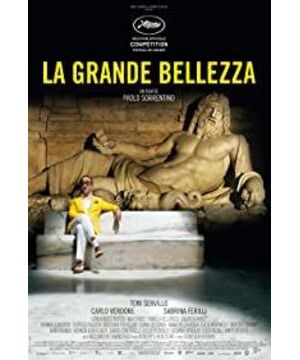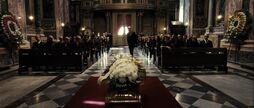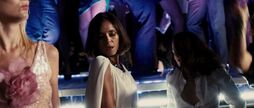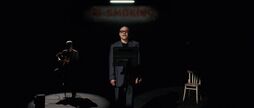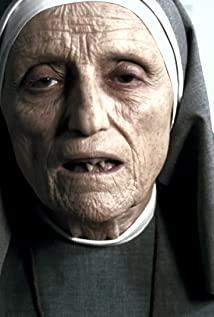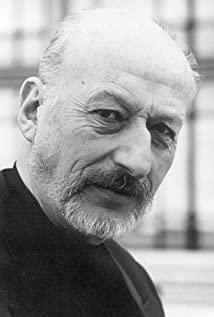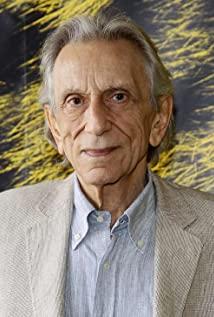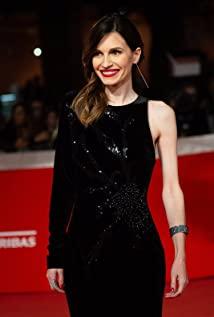Sorrentino depicts the solemnity and elegance of Rome with several moving shots at the beginning. In contrast, there is an oriental traveler taking pictures of the scenery. The eye of appearance (the traveler's camera) and the hidden eye (cine lens) are recorded together. Day in Rome. The traveler's fainting/death instantly pierced this calm. What followed was dark night, full of parties, tobacco, alcohol and sex, and a city of sensuality and sensuality hidden under the surface emerged, gorgeous and crazy. Jabil, a former writer and king of high society, is weary of watching the city shine and die. He wanted to write again, but there was no trace of the source of his creation, and he eventually became "aphasia." Jabil mocks that the city's spirit has long since died, but it inevitably loses its inspiration and self. Rome goes from "being seen" to "seeing", Jabil from "seeing" to "being seen", the transformation of subject and object It is fluid, even synchronic. Both of them fell into the vortex of existentialism together in the scrutiny. Jabil's spiritual world has been questioned several times (girls, exorcists, saints), the sea and the lighthouse are important images of interpretation, the viewer needs to follow Jabil, walking at a leisurely pace in the city he is most familiar with, thinking And look for beauty (truth, revelation). Throughout the journey, characters and events always appear out of order, echoing the loose, prose-like structure of the film, connecting with Jabil's past, present and future, making him a Mastroianni-like returner. .
View more about The Great Beauty reviews


